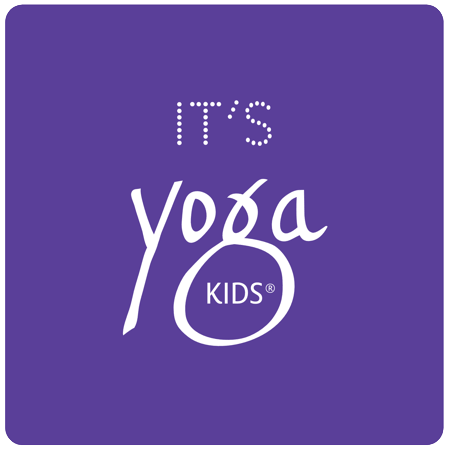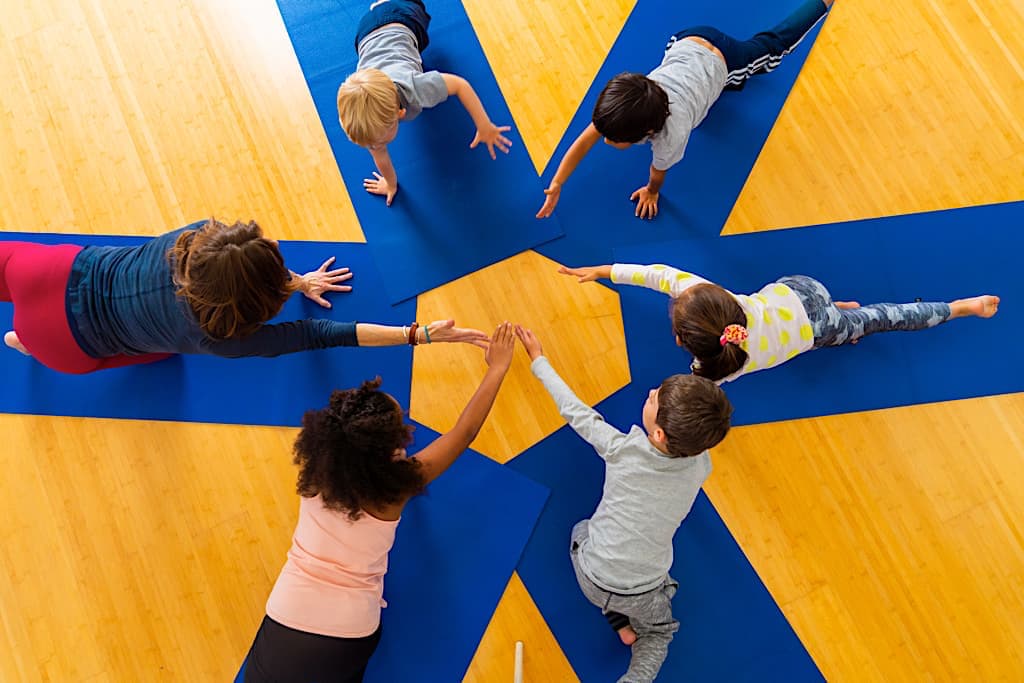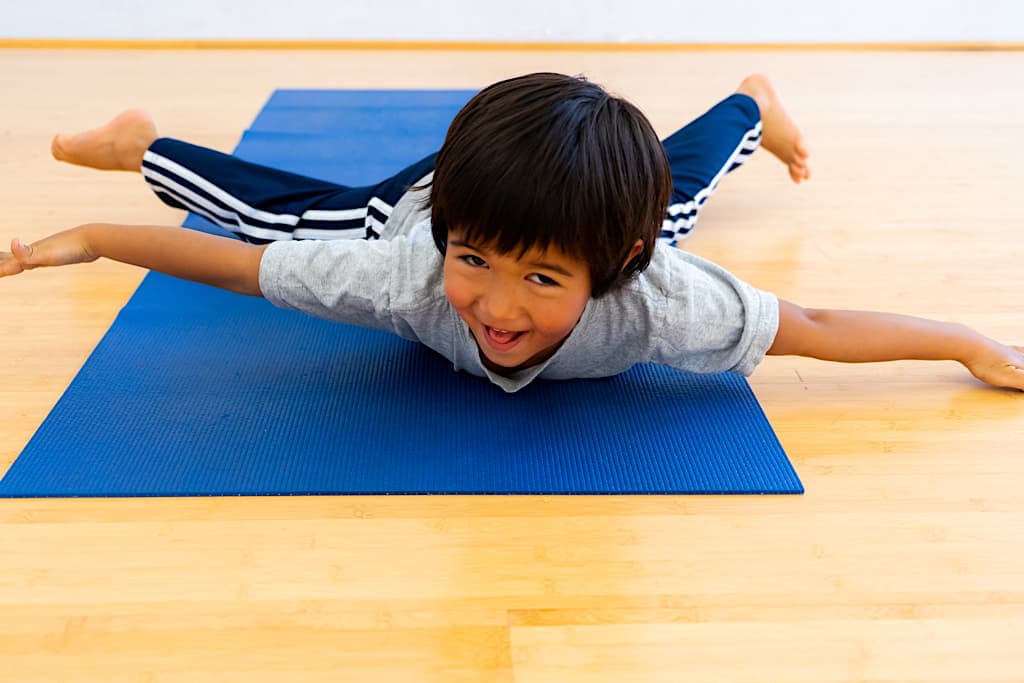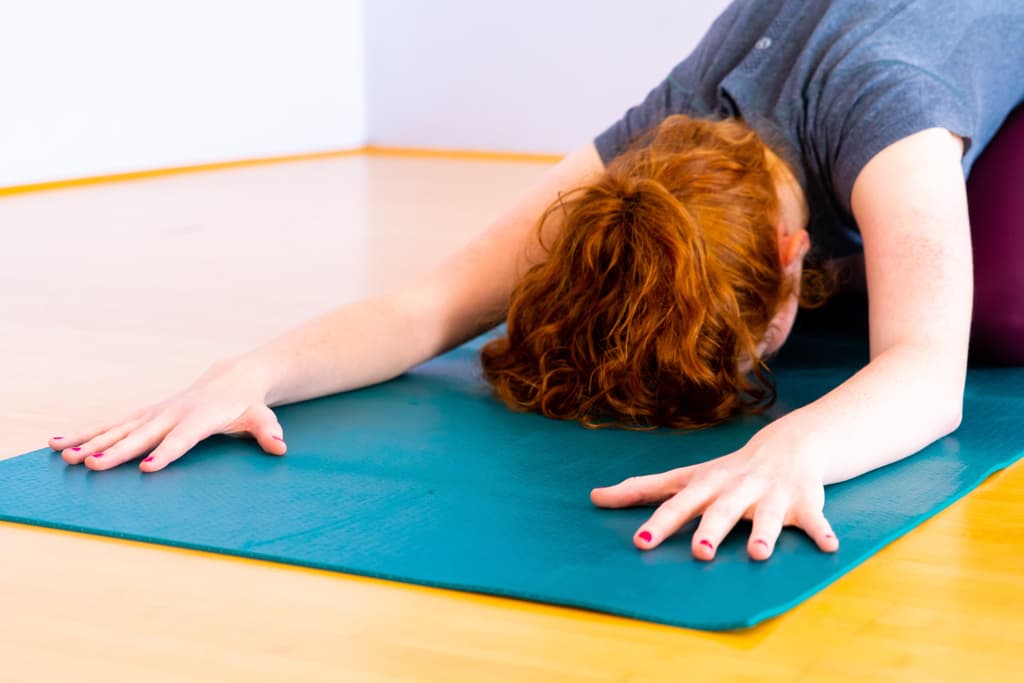For households that are self-isolating together, it may be challenging to keep the peace at all times. While it may seem healthy for families to spend more time together, it can be hard when you and your family members feel cooped up with limited alone-time.
Common Causes of Tension
One of the most common reasons your family members will be feeling tense right now is the collective stress of uncertainty. We don’t all adapt at the same speed, so keep that in mind if you notice your kids or partner is exhibiting signs of stress and unease over the pandemic. To alleviate boredom and help restore a sense of purpose and productivity, find things to do around the house, whether it’s cleaning up your wardrobe, learning to cook, or reading a book. You can take up old hobbies or start new ones, such as gardening. Gardening is a great option if you have the outdoor space for it — not only will it give you some fresh veggies in a few months, it’s great for getting a bit of exercise and fresh air. One important practice for households that are isolating together is getting outside for shared activities. There are plenty of ways to do this, whether it’s taking a walk to the park as a family, going to the beach for a swim, or even having an impromptu picnic in your backyard.
Thank you to contributor Emma Grace Brown (Emmagracebrown.com). Read Part 2 in two weeks!
Reading about the How Melissa & Doug captured the toy market, one wooden block at a time, I was struck by this excerpt:
“Kids ages 8 to 12 spend an average of four hours and 38 minutes on screens a day, while children 8 and under average two hours and 19 minutes, according to the safe technology nonprofit Common Sense Media. The AAP warns that the overuse of screens puts children at risk of sleep deprivation and obesity, and although it’s still too early to determine the exact effects screens have on children, there are researchers attempting to glean some preliminary insights. …A study commissioned by the National Institutes of Health, meanwhile, found that limiting screen time improves kids’ brain function and academic performance.”
Yoga can be incredibly helpful for older kids whose pre-puberty bodies and brains are preparing for big changes. It serves all kids academically with Mindset and Movement practices for the classroom to improve transitions and performance. Simple practices that take 2 to 10 minutes have increased positive classroom collaboration and test scores at our participating schools.
Yoga for preschoolers, ages three to six years old, helps maintain the flexibility they were born with and build the strength they need to hold their bodies up for optimal learning. This focus helps prepare them for school and how to navigate respectful relationships with friends and teachers in the absence of their parents.
In yoga, preschool children are very engaged and collaborative. They contribute to the class with their creativity. It’s fun to incorporate their ideas and to experience the contrast between loud and quiet, and big and small, which helps them learn self-regulation skills.
You can create a foundation of health and success when you start yoga early in life. These skills can take a child to new heights in kindergarten, elementary school and into the teenage years.
Yesterday, I received this message from a newly trained It’s Yoga Kids® Certification graduate, Lisa L.:
“All is going fantastic just extremely busy…I have been utilizing the It's Yoga Kids® model since returning from training daily and I am getting such a phenomenal response from parents, kids and administrators I am working with. I even had the superintendent hear of what I was doing with the kids and came to sit in one of my group sessions. It has been fantastic!
Parents are coming to me asking me what I am doing with their kids as it is having such an impact. Same with teachers. Now, all my teachers are coming to me asking me to do sessions with their classes. It is so great!!! I have been doing groups starting with IYK movement, adding a socio-emotional lesson and then ending with a rest meditation. It has been having such a positive effect on our school climate. I tell you, Michelle, you have an amazing program! Can't wait to collaborate further!”
Messages like these warm my heart. It helps us reach our goal to ensure that these proven practices for wellness, reach every kid, in every classroom, in every school!
Thank you Lisa, for being leader for our cause.
A recent study by the Partnership for a Drug-Free America showed that 73 percent of teens report the number-one reason for using drugs is to deal with the pressures and stress of school. Surprisingly, only 7 percent of parents believe that teens might use drugs to cope with stress, showing parents severely underestimate the impact of stress on their teens’ decision to use drugs.
Teens are their own beings. And it’s tough being a teenager today! Demands with parents, friends, school, sports and performing arts, and the impact of social media are more intense than ever on the adolescent body, brain, and heart. The teenage brain experiences everything in extremes, and it’s normal. How can we help our teens shift from catastrophic to coping?
1. Relax the Body: Tension is held in the body and builds over time. Activity dramatically decreases for teens starting in middle school as many kids move away from competitive sports. Even teens who maintain active in sports need ways to release tension from everyday stress and few have these habits outside of organized activities.
Simple as it seems, it’s challenging to practice The 1-2-3 to Calm in a moment of stress.
- Breathe in
- Breathe out
- Repeat until the body softens – notice any sensations in the body.
2. Think and Find Evidence: Once the body is calm, begin to think about why you are upset. Acknowledge fear; Name It to Tame It. Say it out loud. I’m afraid of…. Then look for evidence from your past to validate or invalidate the fear. What will happen if…I fail?
3. Do Your Best: How can you really know if what you fear will be true? We do not know what the future holds. We can only control the now. Be present.
- Make a plan - chunk out the big scary thing into smaller pieces
- Schedule it and manage it
- Track your progress
- Make adjustments
Yoga teaches teens to be in their bodies, to focus on the present moment and to trust themselves. Connecting body, mind, and heart, teens can tap into their inner wisdom and guide them to make better choices in every part of life so they can cope with the many demands placed upon them.



